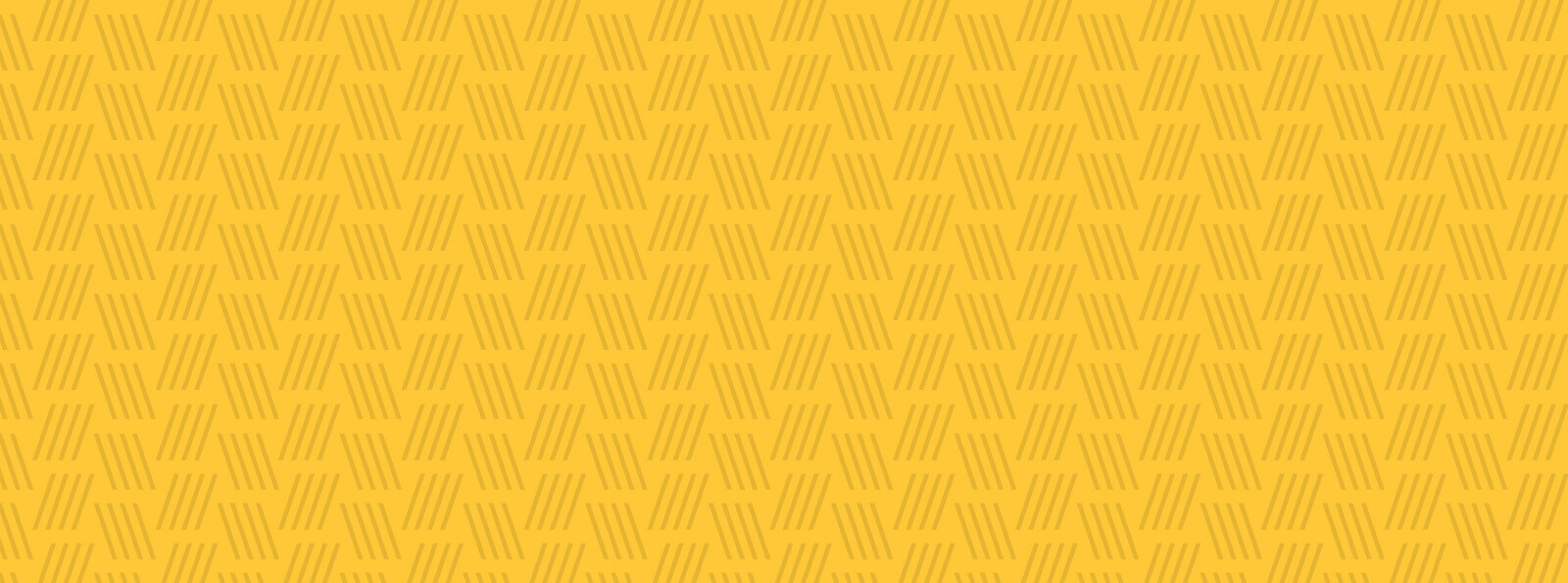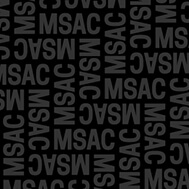About the Artist
Catherine Leberg was born in Lafayette, Louisiana, and is the child of two biologists. The majority of her childhood was spent out of doors, or within the confines of her own imagination. Leberg joined an off-campus art program in high school, the Lafayette Parish Arts Academy, and from fourteen onward was steadily headed towards being an artist. Leberg graduated from Washington University in Saint Louis in 2014, and while she worked with multiple arts organizations within the city, in a variety of capacities, her current artistic and career direction were heavily influenced by an internship she completed the summer after graduating with the Northside Workshop. Run by artists Juan Chavez and Kiersten Torres, the Workshop’s holistic treatment of community health, art, and childhood engagement steered her pedagogy, and the mentorship and guidance of the two founders was integral to her formation as an artist and educator. Leberg’s artistic practice is centered around sustainability as a human concept, pushing forward human relationships in the ecological conversation. She describes herself as a project-based artist, learning and pursuing new knowledge and skills as they apply to the concept she is forming. As an educator, both in museums and in out of school time learning, Leberg is committed to creating experiences that are flexible to the needs and goals of her participants, that can open up the world of the subject that they are exploring. It was with this ethos in mind that Leberg pursued a Master of Fine Arts in Community Arts from Maryland Institute College of Arts, completed in 2019. In doing so, she created the groundwork, and began the personal journey to creating work and curriculum that engages with people in an ethical and equitable way. Her first-year residency in her graduate program was at Jubilee Arts in West Baltimore, where she continued to work as she finished her thesis. Her time there deeply informed her teaching practice, which is in many ways inextricable from her work as an artist. In her thesis she explored the idea of future creation, and how to create the empathy, space and tools for us to create a future collectively. She’d like to invite you to begin that exploration with her!Artist's Statement
Catherine Leberg is a project-based artist. Her work exists between media, embracing materials and methods as they are deemed necessary to the experience and concept of her work. Leberg’s art is focused on the idea of sustainability as a human concept. Her art takes the point of view that an ecological future is bound up in our societal one: there is no way to heal the earth until we heal ourselves, our relationships, and the cruelties and inequities built into our culture. Taking the form of installations, tools, and rituals, Leberg’s art is an experience. Her work exists physically, but is formed through its use by participants. Her art is meant to be touched, walked through, meditated within, and used to mediate the world. The concept of each project is tied up in how the viewer chooses to interact with it, becoming participants, co-creators, and in many ways, co-explorers. Extracting cues and inspiration from a wide range of sources, science fiction novels to art theorists, Leberg involves research, learning, and a diverse tapestry of knowledge in her practice. Embracing complexities, and encouraging others to do so, her art serves as an actionable practice in becoming a new kind of society. Leberg’s current explorations surround the idea of creating futures, shifting the relationships we have with time, with imagination, with creation, and making the spaces and tools necessary for us to imagine collectively. Her work provides a space for people to explore, contemplate, and flex an empathetic muscle, creating a practice and laying a groundwork towards a more humanely sustainable future.Featured Work
Photos
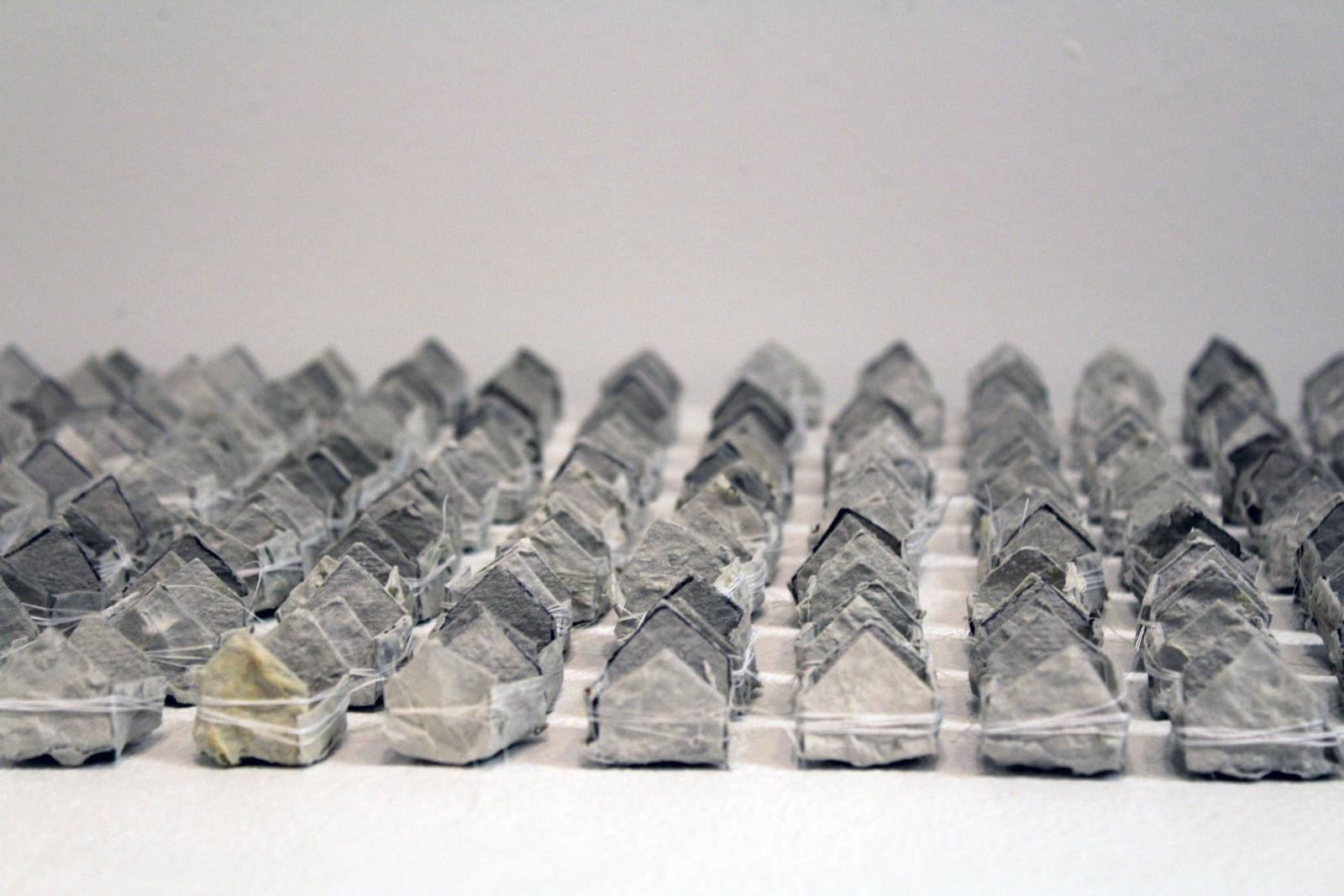
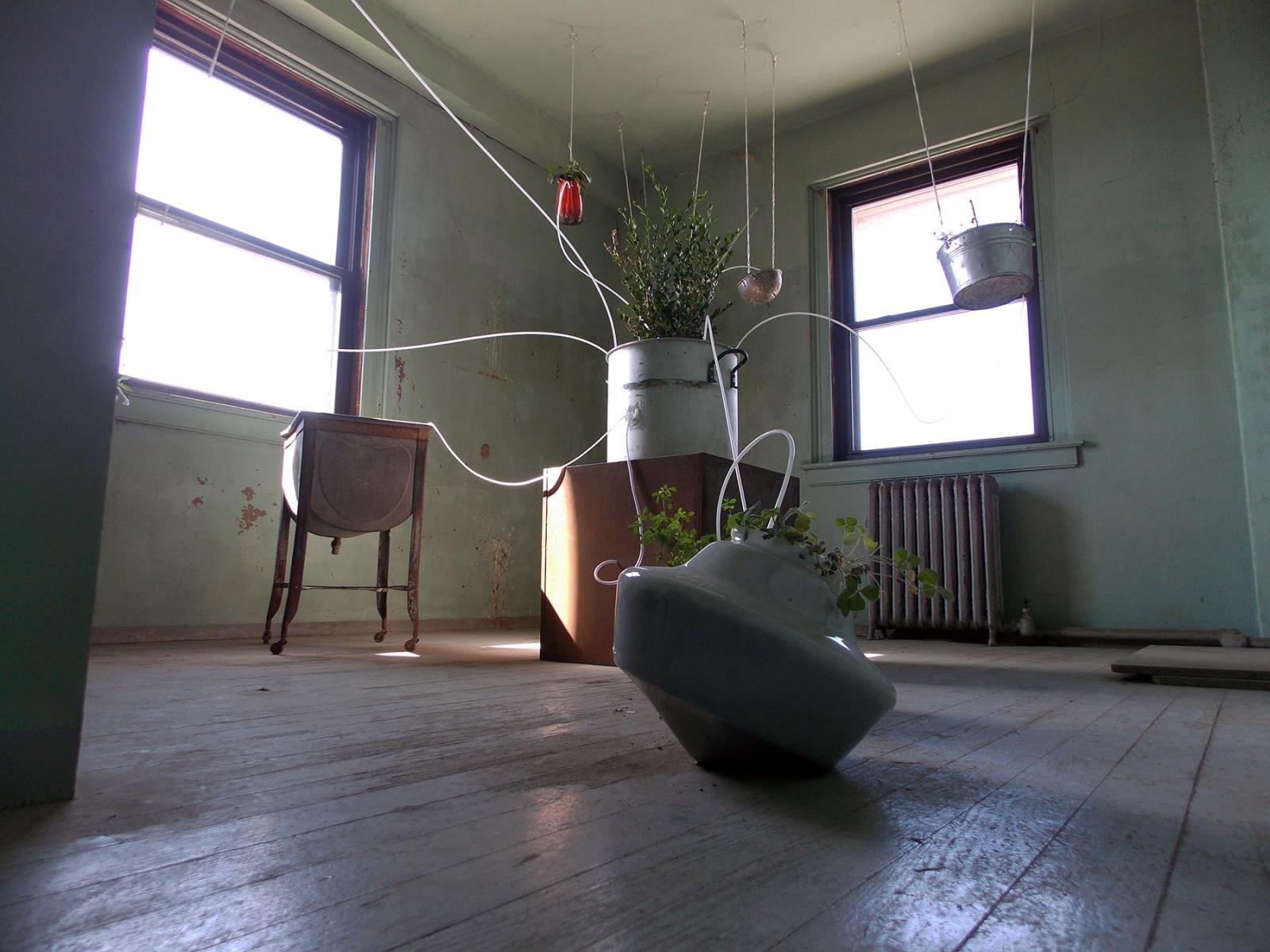
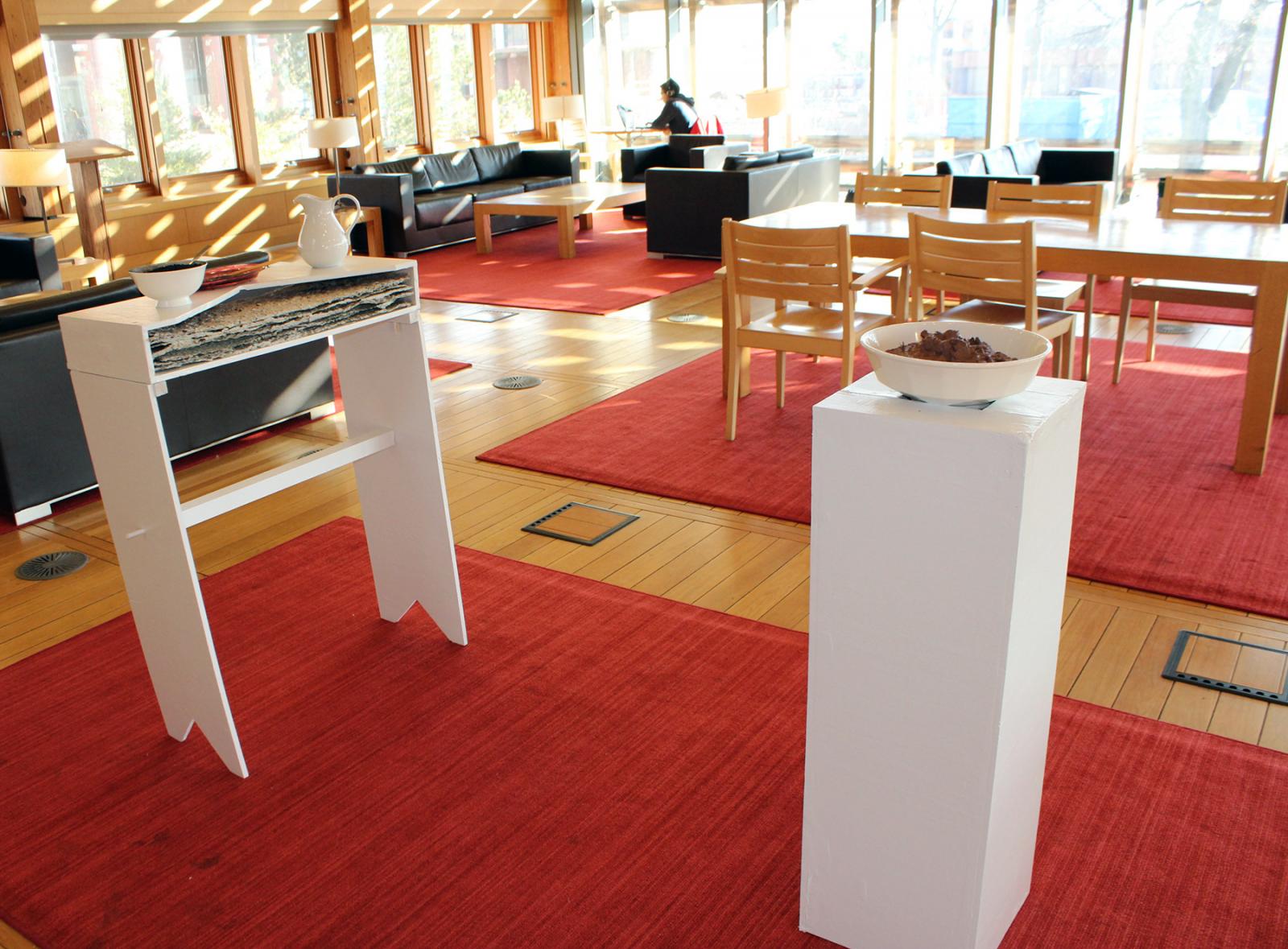
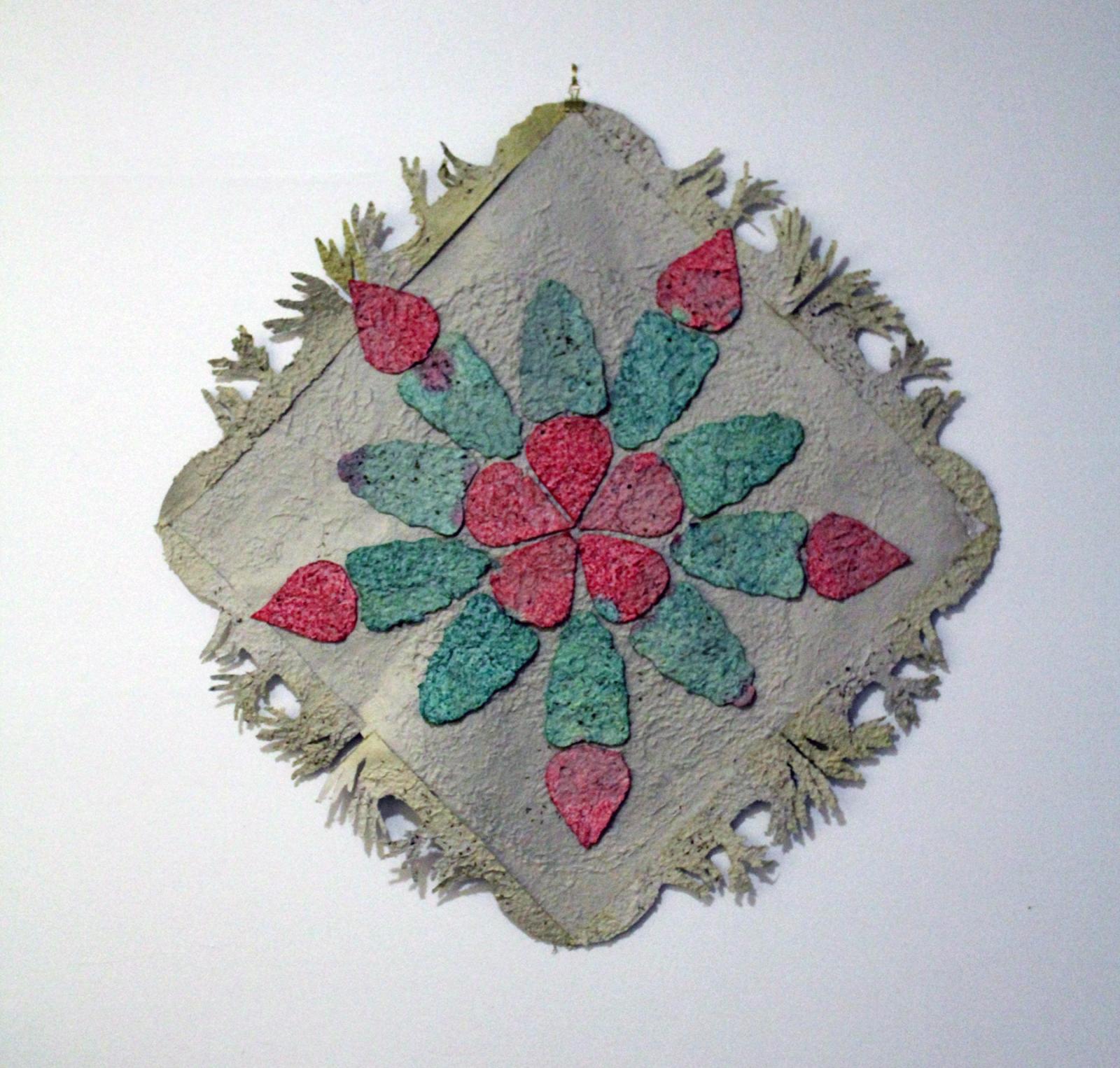
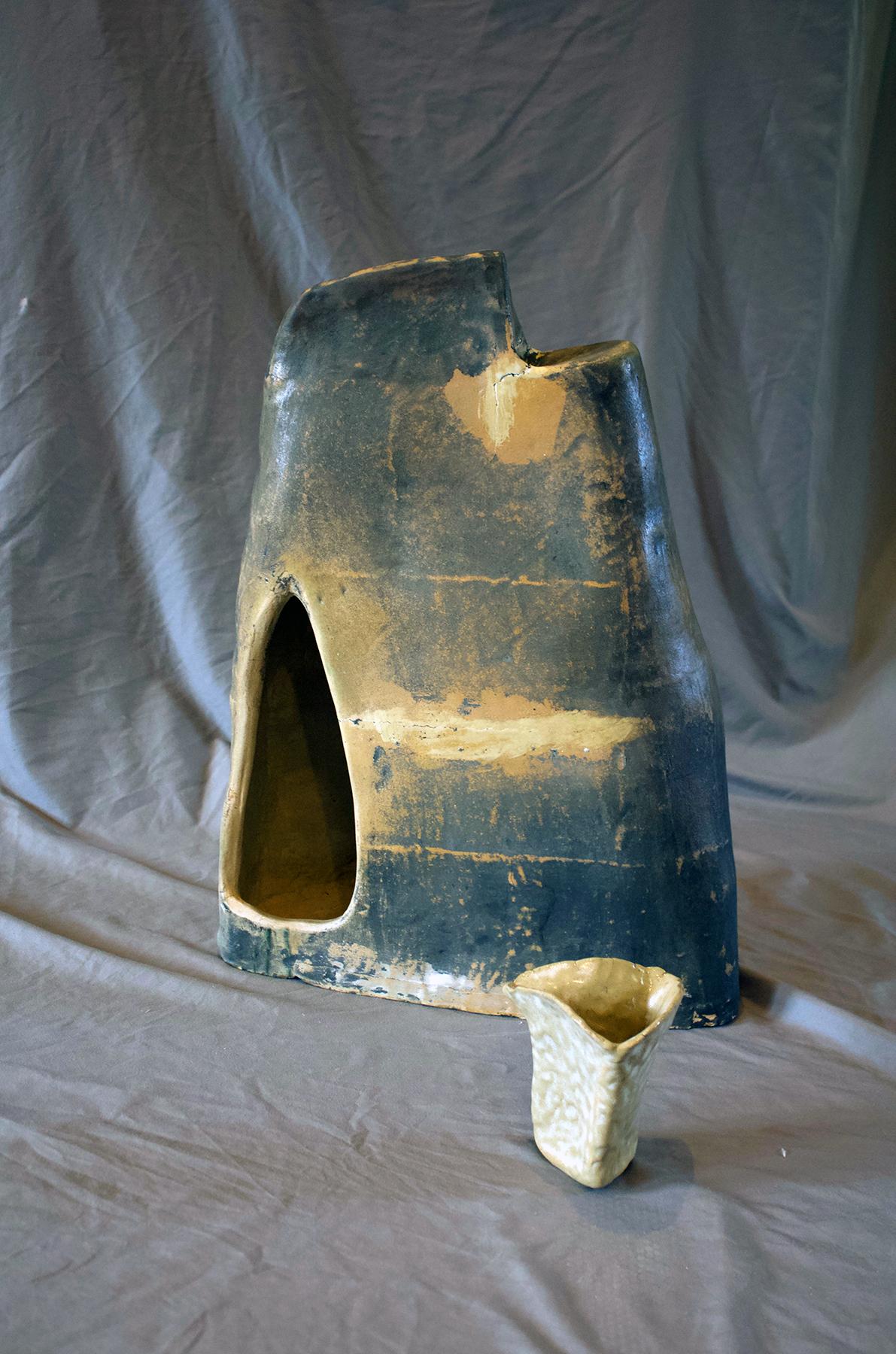
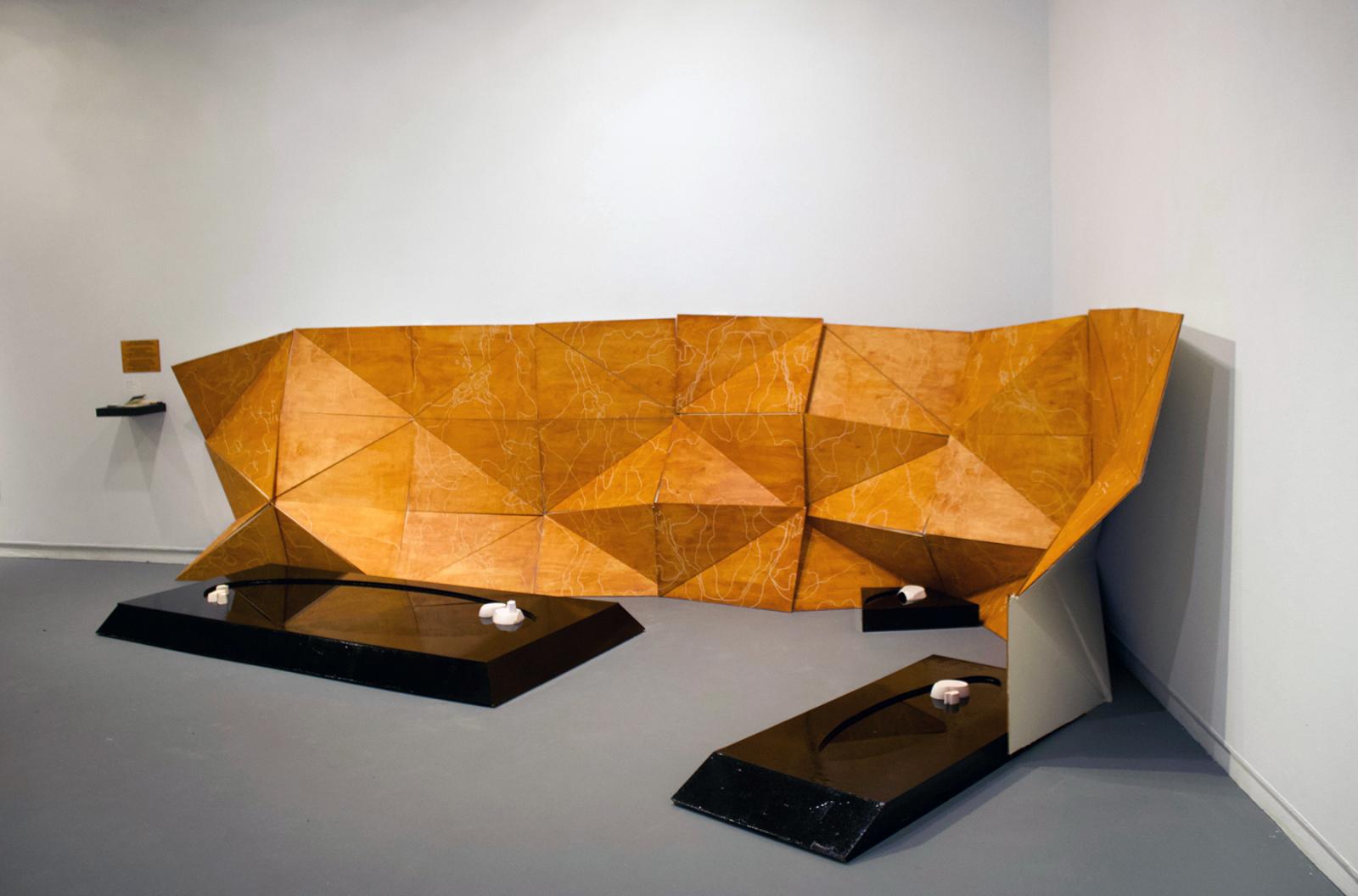
Featured Work: Photos
Root Shock
seeded paper
2017
A monument developed through conversation with East Baltimore environmental activist Glenn Ross. Built from seeded paper, the households are to be placed where families' homes once physically stood.
Imbued with hearty perennial seeds, the homes are meant to sprout, and resprout, rooting in when the human beings they represent were uprooted. An ever-present and re-emerging reminder of their lives.
Control: Secondary Nature
found objects, plastic tubing, phytorediatory plants
2015
Control: Secondary Nature, is a microcosm of the constant interventions into the world around us, required to prevent, change, or undo problems caused by our previous interventions. Each floating container houses a plant meant to suck some contaminant from the soil, or filter groundwater in some way, but they’re isolated from each other, and from the Earth itself. The room is difficult to navigate, and will become more and more so with further additions, further attempts to remedy a created problem.
Ritual for Absolution
wood, seed bomb material, terra preta, found objects.
2017
Frequently in our lives we let our own flaws prevent us from being radical, allowing the perfect to be the enemy of the good. How can we stand up for the world when we fly six times a year, when we get plastic bags from grocery stores? The narrative around personal responsibility works to silence individuals against speaking truth to power, and addressing the corporate and capitalist structures that are in actuality the root of environmental issues in our world.
This piece allows for confession, cleansing, and re-introduction to the world, and to the work, for environmentalists, or even just environmentally inclined humans. It is a way to clear the slate, and make way for action.
Restoration Quilt
seeded paper
2017
The Restoration Quilt is an act of community care, and care for the earth. The piece is imbued with phytoremediatory seeds: plants that remove metals and toxins from soil as they grow.
The quilt is meant to be placed on empty lots, or on government declared brownfield sites. It will rain, and the paper will serve as the supporting medium for the plants to sprout. The labor put into the creation of the quilt becoming the structure of support, love and beauty to come.
Empathy Artifact
stoneware, moss
2019
Empathy Artifact is a ritual practice in caring, without benefit for oneself. There is a bed of moss nestled inside, just barely visible. It can be touched, but not owned. It is not decorative or useful, the nature of the artifact and it’s accompanying vessel charge the viewer to contribute to the life of the moss, building empathy, creating the musculature and the awareness required to have empathy for all, to care for others without requiring them to contribute anything to you. Relationships without transaction.
Memorial to All Possible Futures
wood, canvas, porcelain, water
2019
My current body of work surrounds the idea of collectively creating sustainable futures. At the core of this practice is shifting the relationships we have with time, with imagination, with creation, and making the spaces and tools necessary for us to imagine collectively. My work provides a space for people to explore, contemplate, and flex an empathetic muscle. It is creating a practice and laying a groundwork towards a more humanely sustainable future.
The Memorial to All Possible Futures calls us to remember all the futures that could have been. It asks the viewer to reconsider their relationship with time, understanding that our history, and the always approaching future are a part of the present. This consideration is necessary to shift cultural relationships with time, to pave the way towards collective creations of sustainable future for all resident of this earth by embracing our culpability and connections along temporal space.
As the viewer sees themselves reflected within the pools, they see themselves within the pathways that are carved along the memorial walls. They are inculcated into a possible future, a part of a map that is both familiar and unfamiliar.
